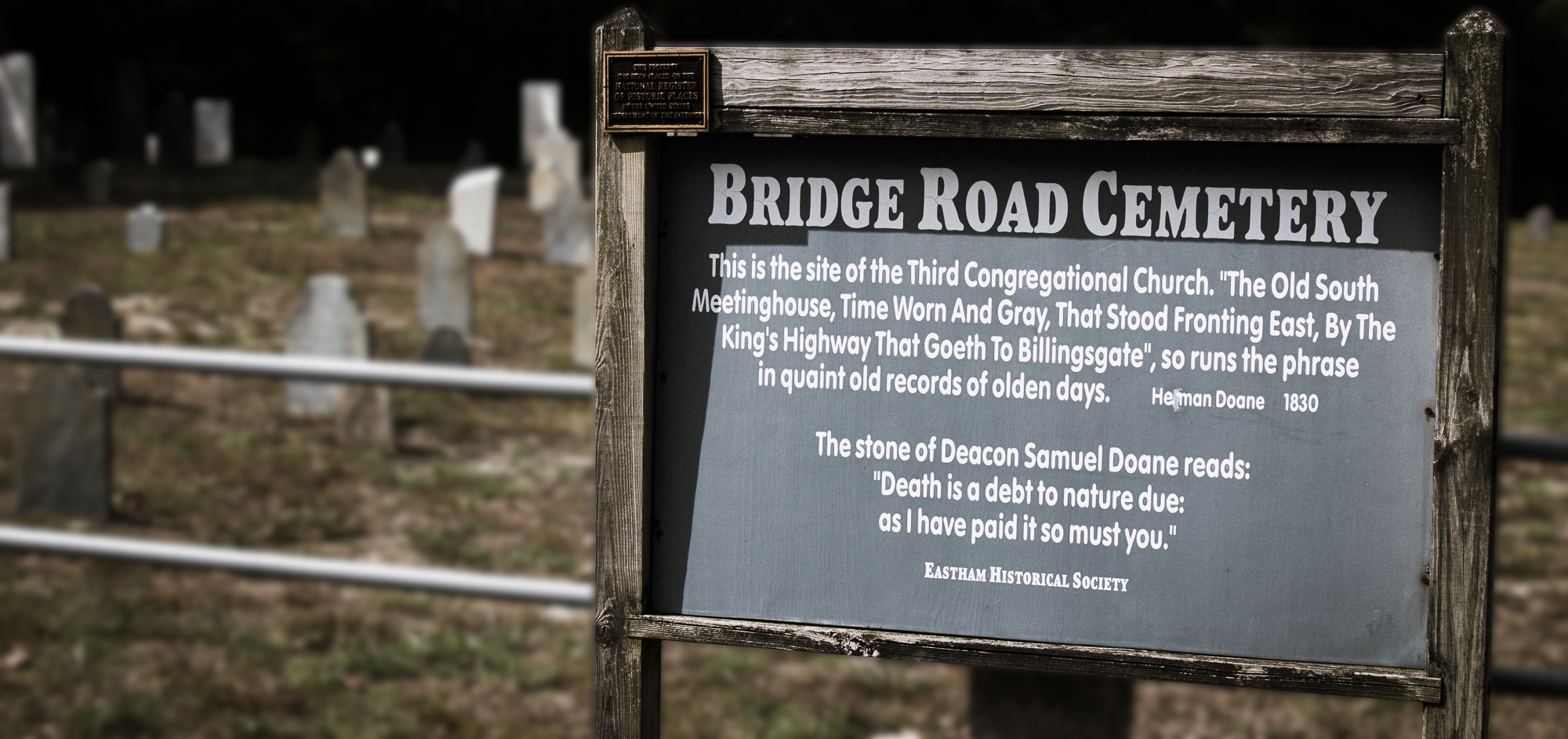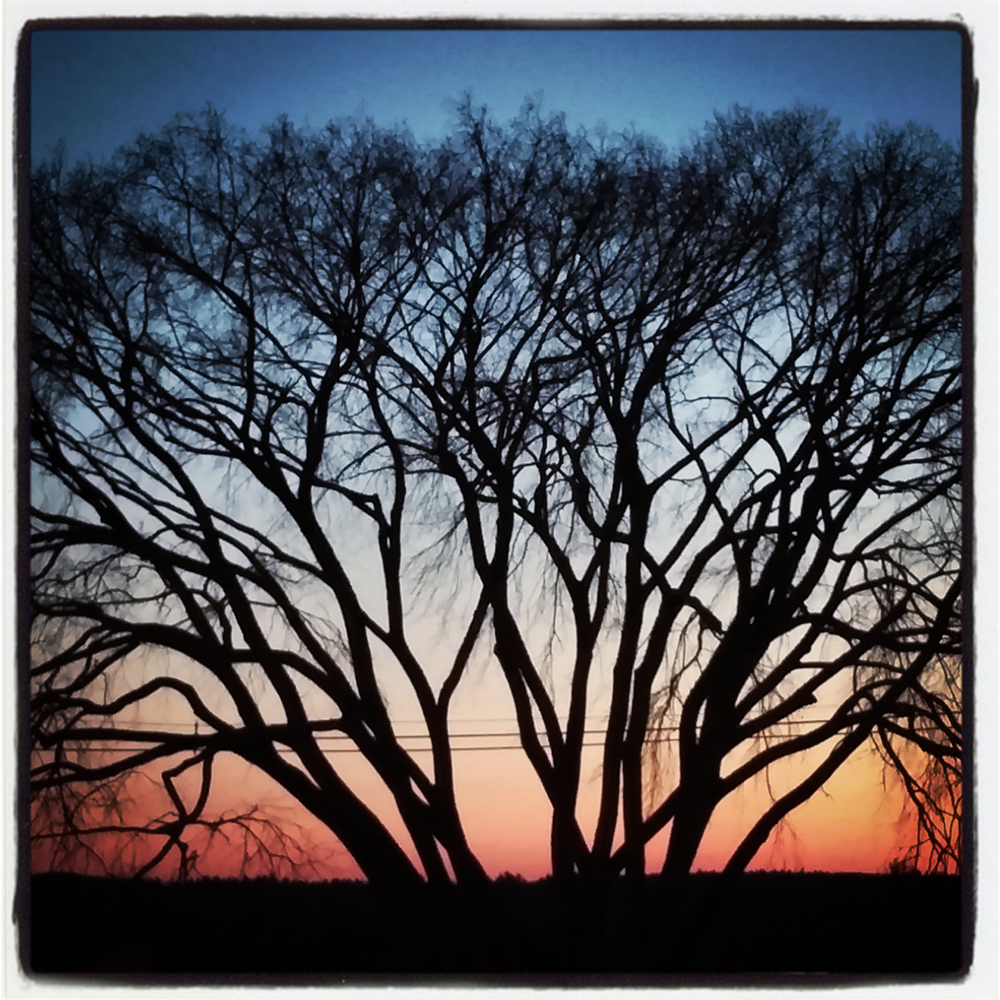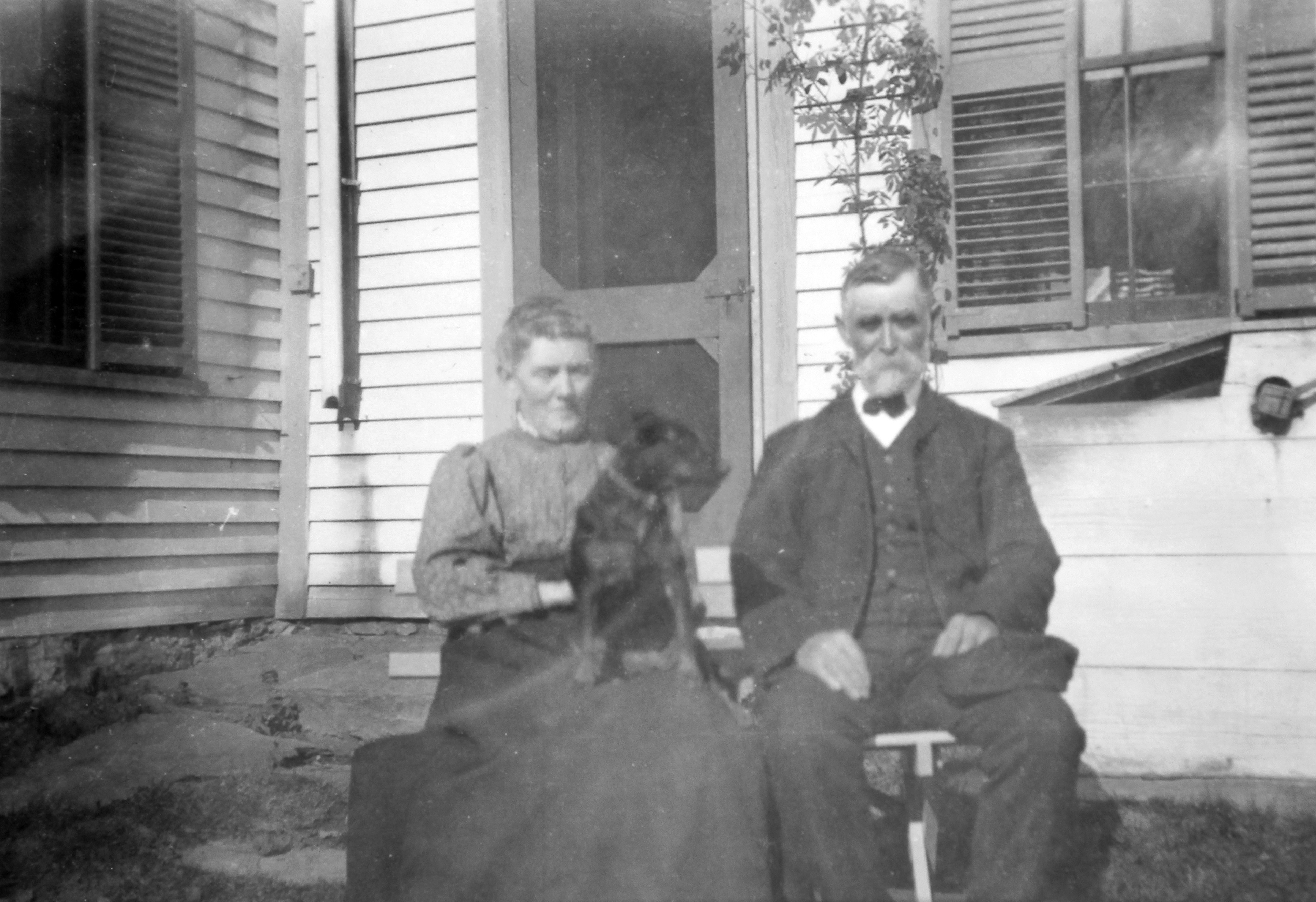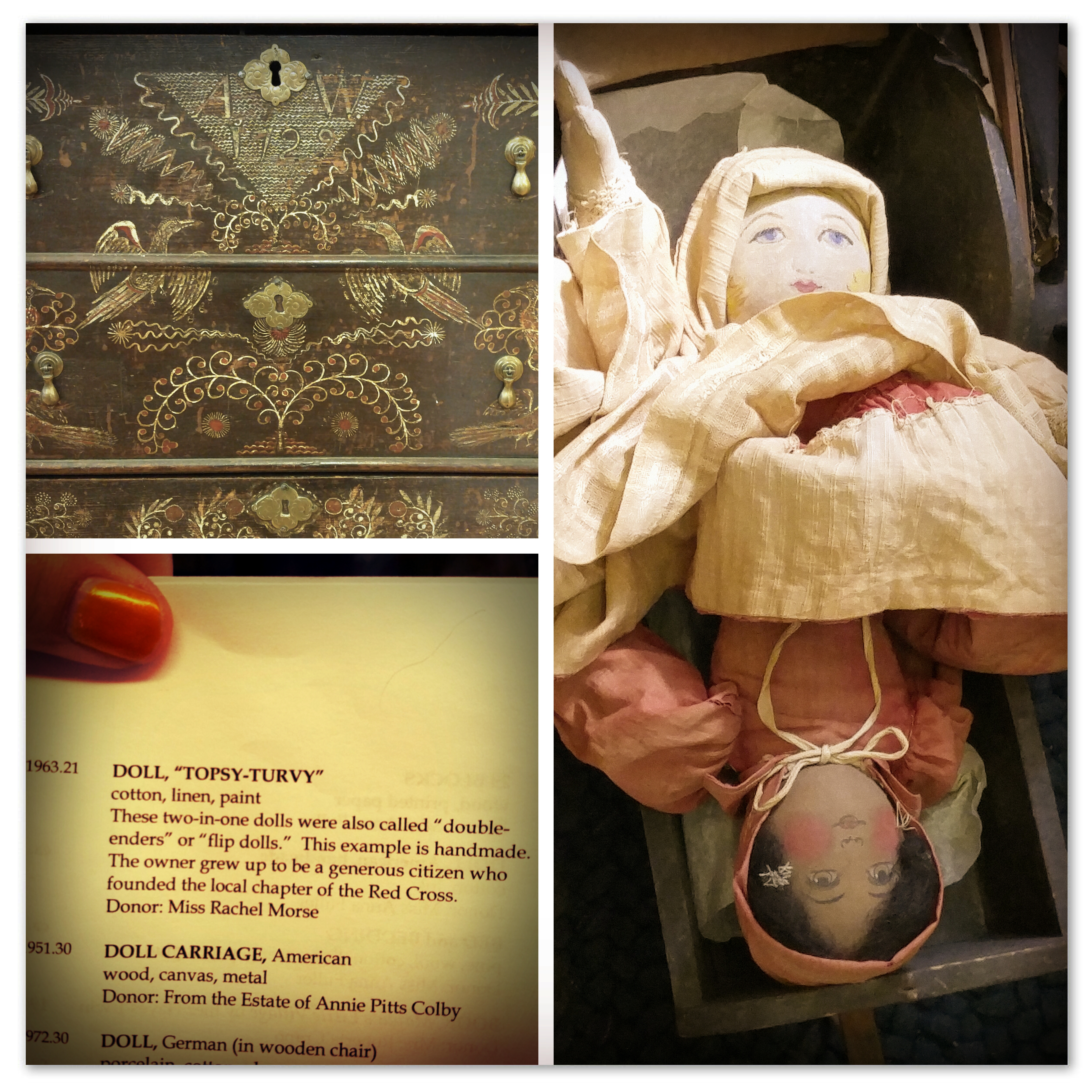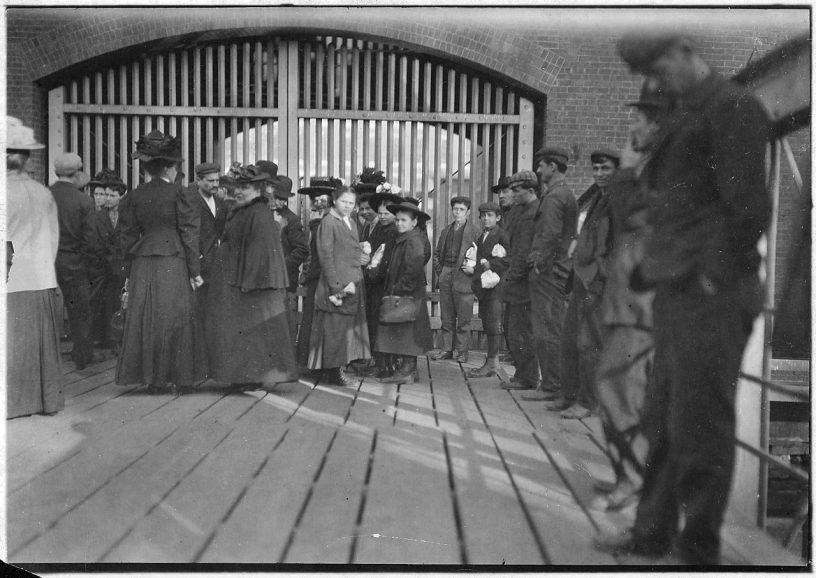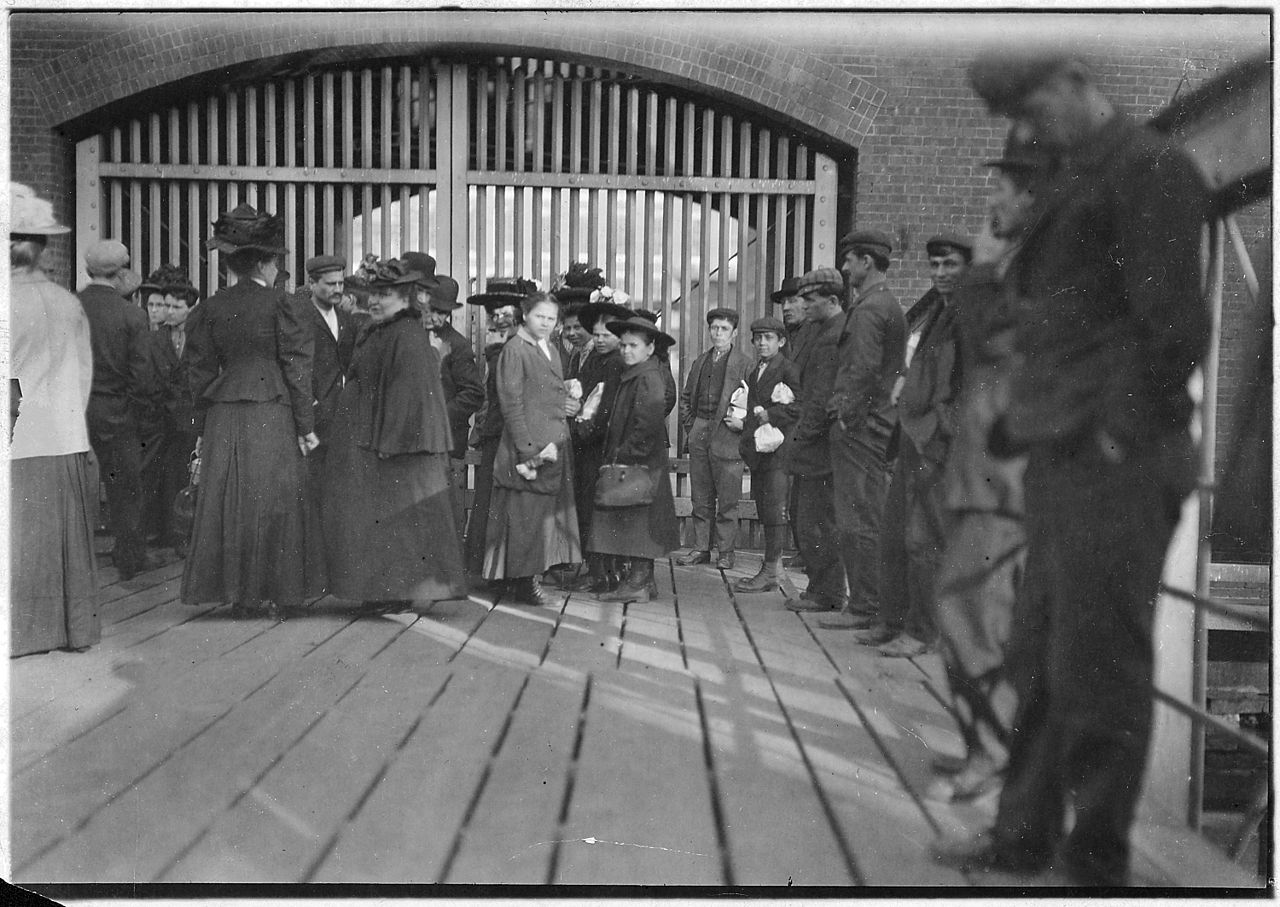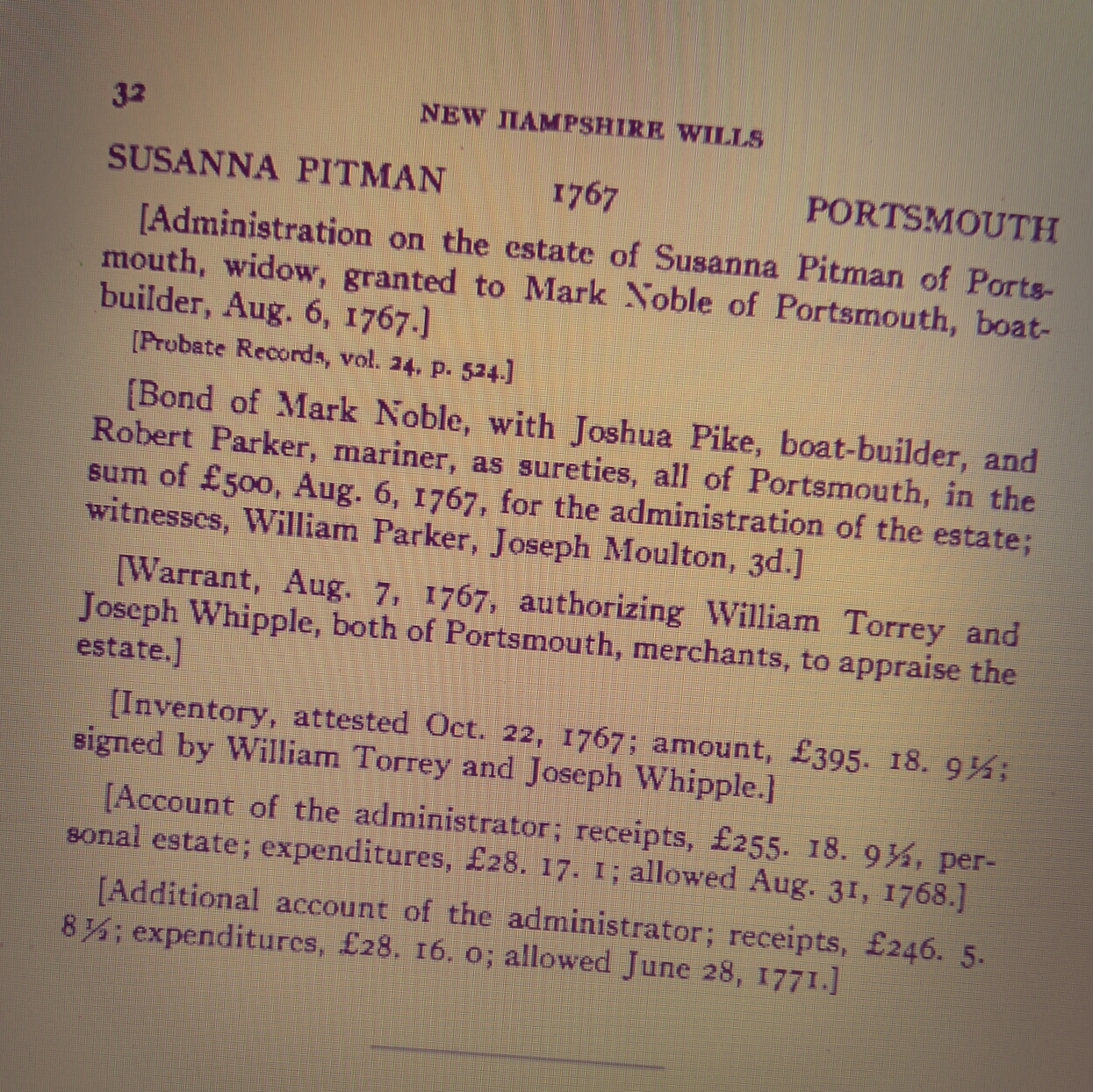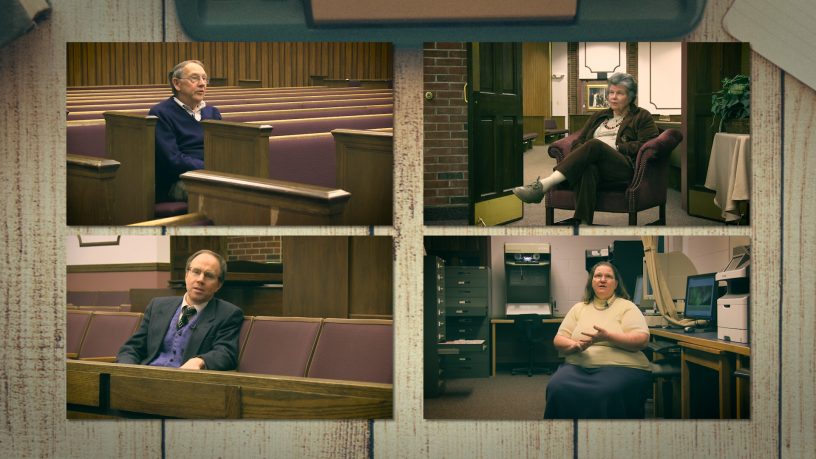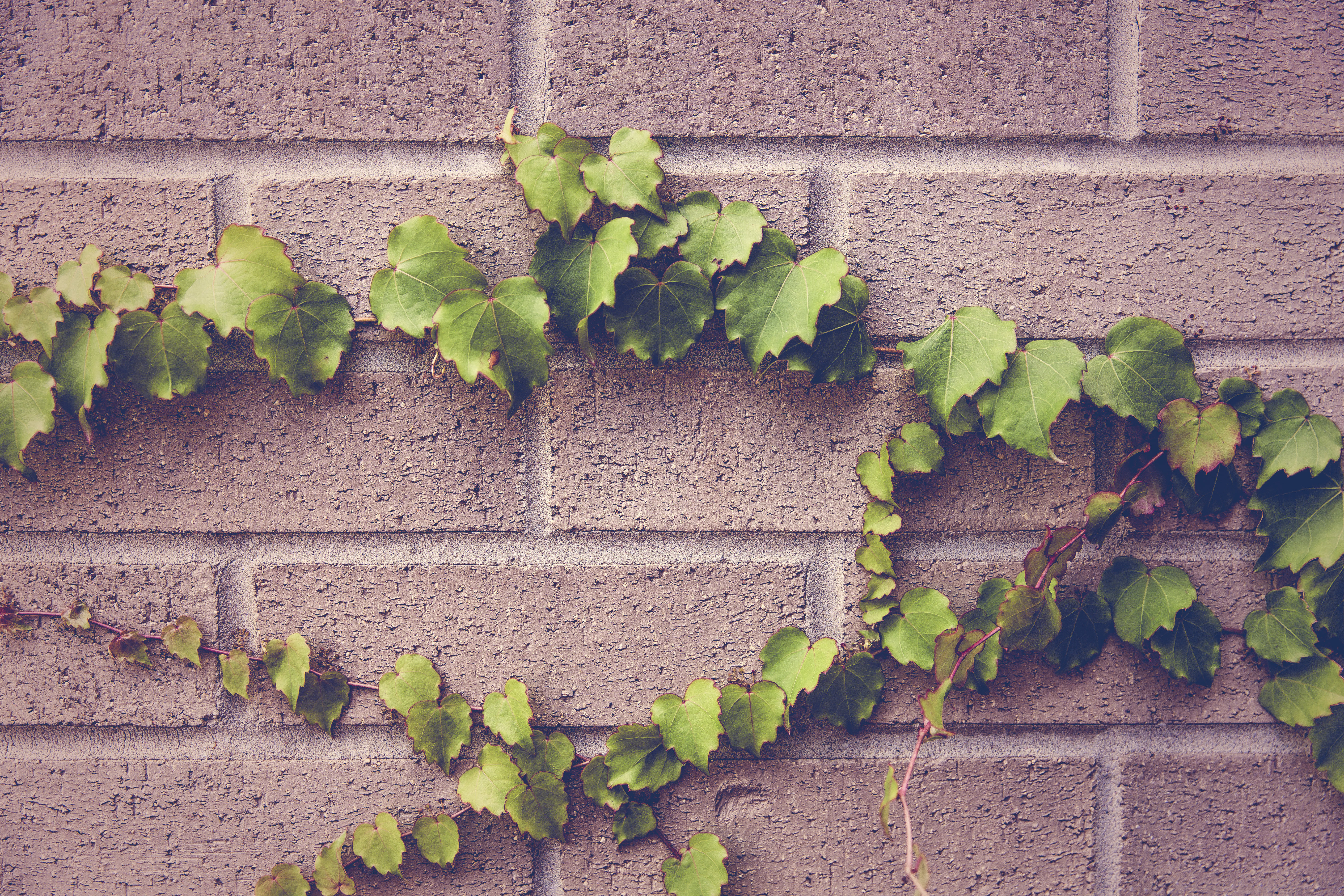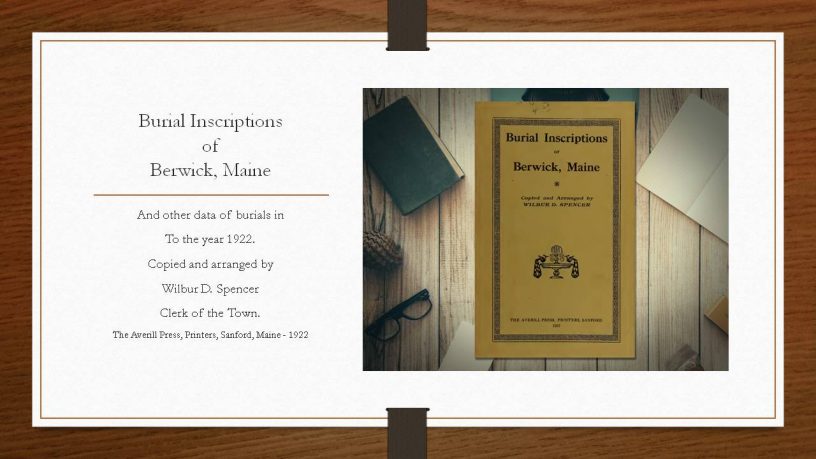It has been a busy summer with both jobs and as such, my genealogical pursuits have been put on the back burner though they are almost constantly in my daydreams and thoughts and last weekend was no exception.
For the last five years, I have been volunteering as a photographer for the ‘3 Day, 50 Mile MS Challenge Walk.’ held the weekend after labor day, on Cape Cod. My Wife has now walked 2 of her last 8 years helping out, and we do so for her father who has Multiple Sclerosis.
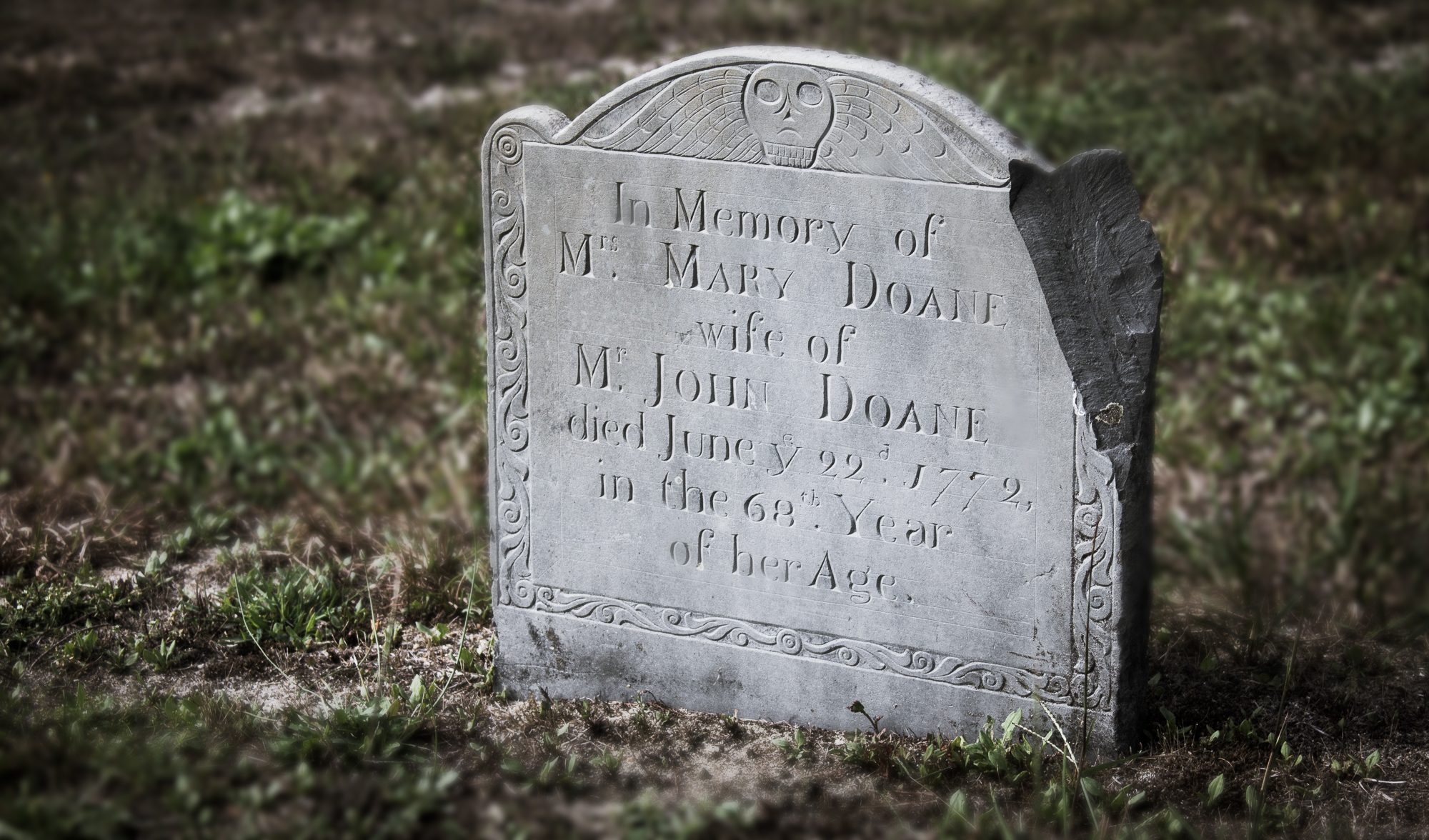
To my knowledge, my 9th great grandfather, John Young died in Eastham Massachusetts in 1690. He was born in England and married Abigail Howland in Plymouth. From there, 4 generations of Young’s’ had been born in Eastham before migrating to the Bar Harbor area of Maine. My Grandfather Merton finally returned the family to Cape Cod around 1935 after my Father had been born.
It just so happens that the midpoint of the second day of the walk is in, you guessed it, Eastham. I know very little about my Great Grandmothers from that time – and I would have liked to been able to do some on the ground digging however the much needed ‘rest’ after an event as such took precedence over anything. It also seems that my research pulled up that neither the library, or historical society itself was open on that Monday I had ‘free’.
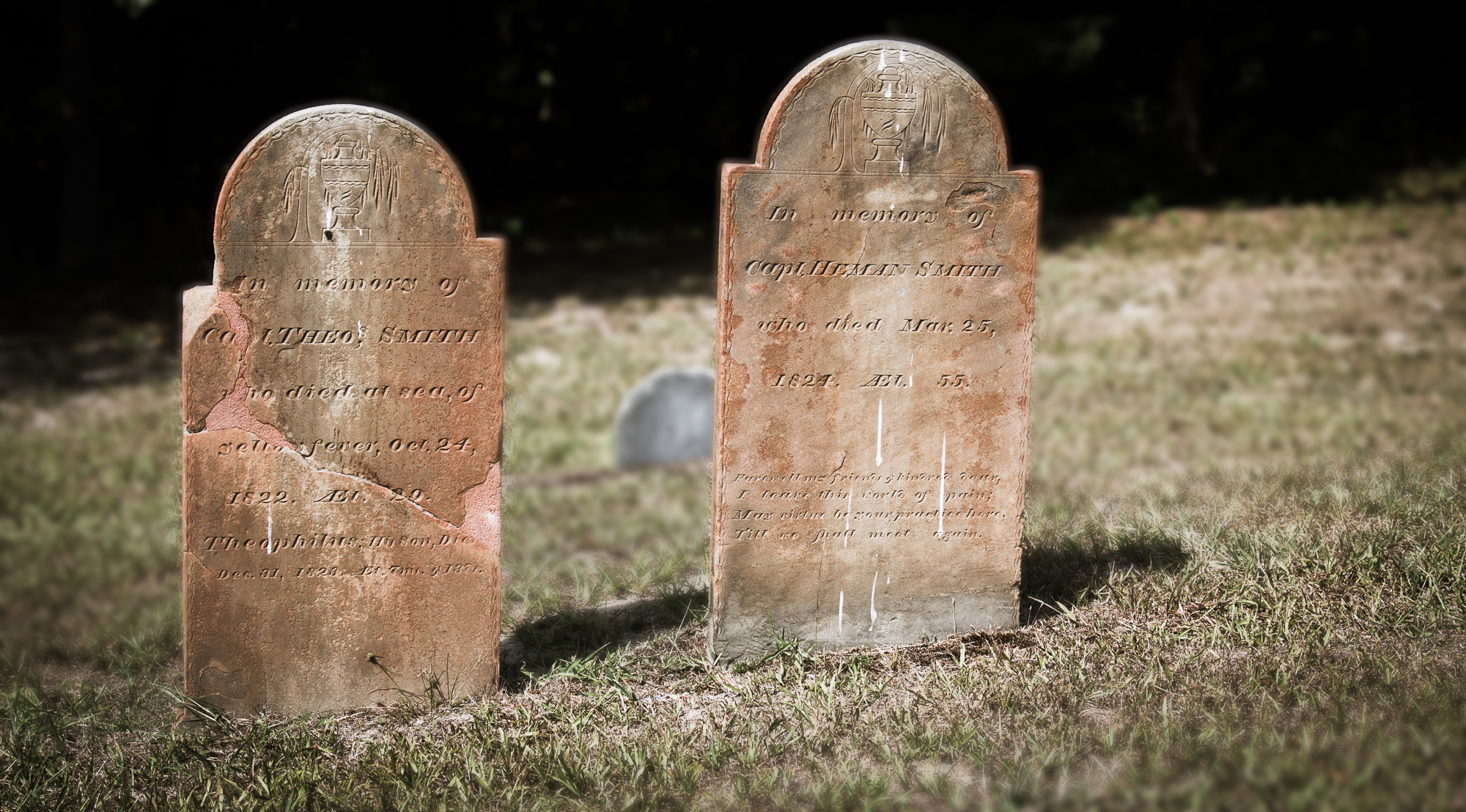
Really though, two main things were against me. The first is that I had not researched what resources were open this time of year and I may have been able to make a special appointment. The Library was closed, as was the Historical Society and any of their assets. I did not think to check the town hall and my brain could not think of anything else to check at the time.
Another item working against me was that the only information I had with me, was the online tree at Ancestry.com. While a good resource, I should have printed hard copies of some family record sheets. This would have helped me focus on names that I did know, and not the Snow’s, and Freeman’s, and Doane’s that I thought might be in the tree but… oh those names sound so familiar.
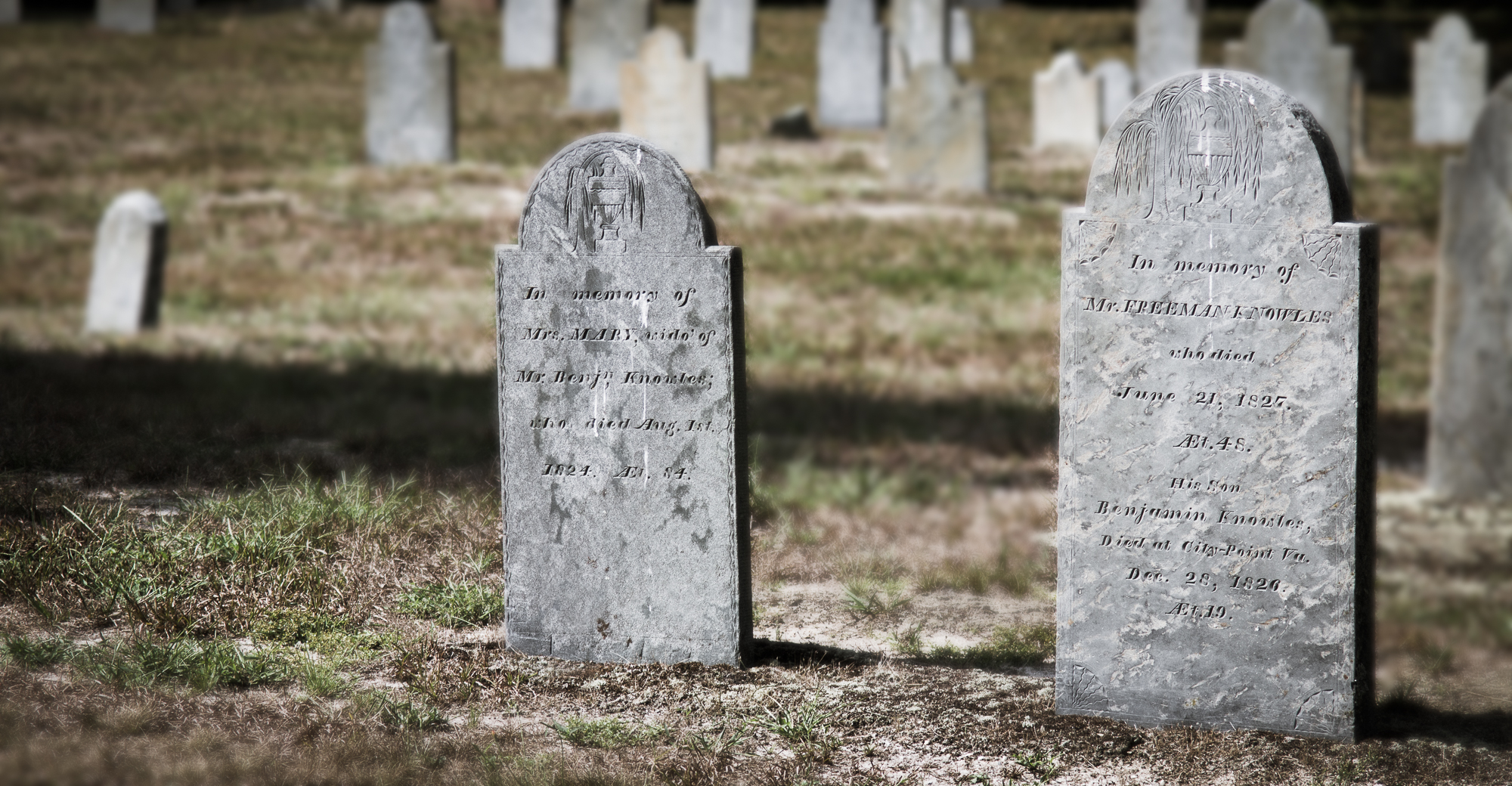
For those of you with Cape Cod Ancestors, I would like to mention the site Cape Cod Gravestones – Gravestones Dated 1683 – 1880 or Later in Barnstable County, Massachusetts The site has, Forty Four Thousand Names with Gravestone Inscription Information, Four Thousand Color Photographs, One Hundred Thirty Five Old Burial Grounds, Forty Six Gravestone Carvers, Eight Hundred Colonial Epitaphs, Cemetery Survey Reference Sources, and more.
While the site does not have a search function, the following is taken from their home page:
If you want to search for a specific name on this large web site, go to the Google search engine at www.google.com. In the search box enter capecodgravestones+name. There should be no space before or after the + sign. For example, if you are searching for Marcy Freeman, enter in the search box capecodgravestones+Marcy+Freeman. The search result will be a listing of links to Marcy Freeman
At the end of the day all I can do is begin to plan next years trip, and assuming I can get the time to research, I will have what I need, and know where I can go to get it.
